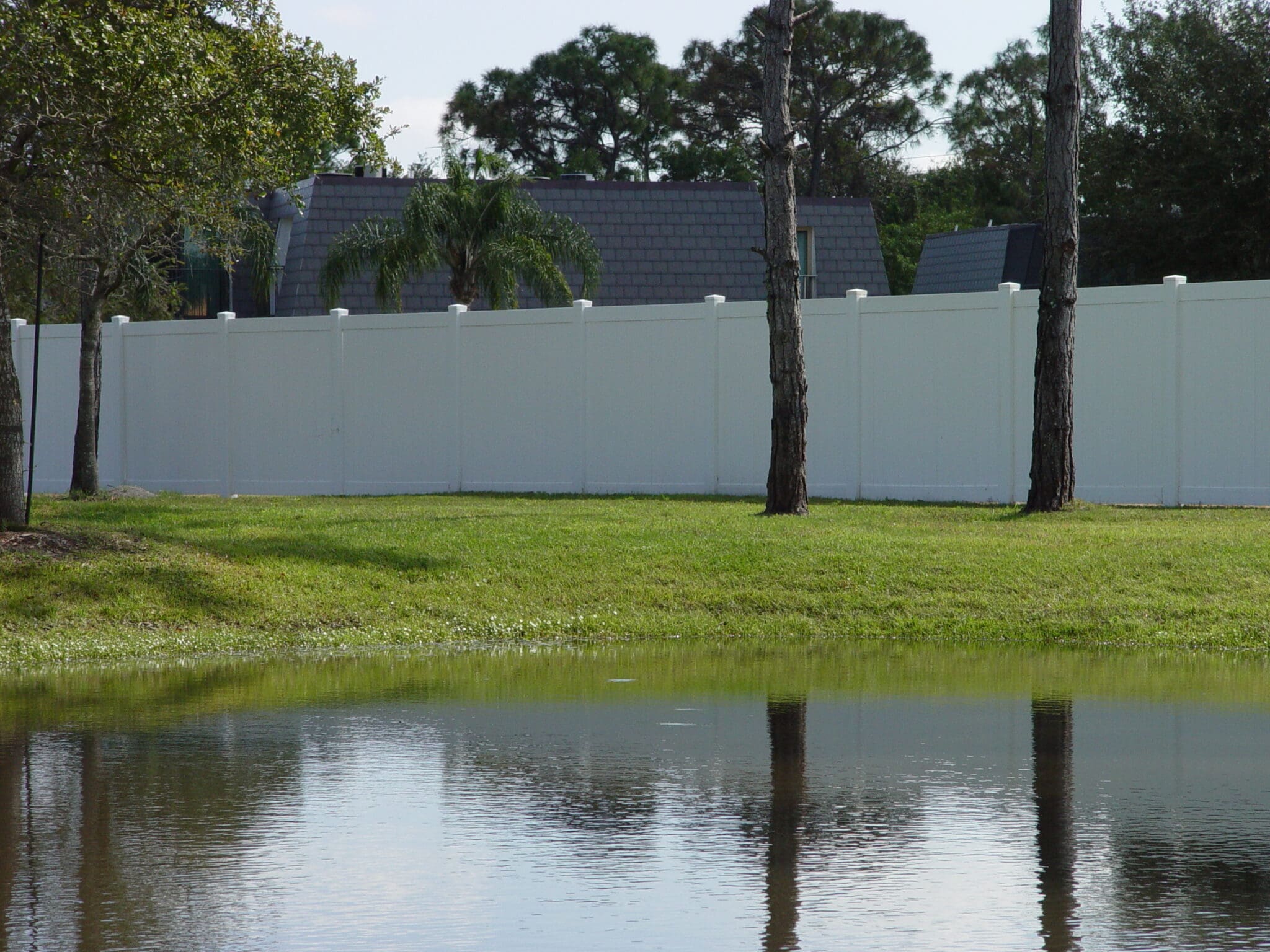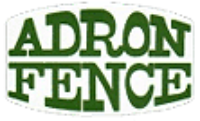
Factors Affecting Fence Installation Cost
When planning to install a fence on your property, whether for privacy, security, or aesthetic reasons, one of the first considerations is the cost. The price of fence installation can vary significantly, and many factors influence how much you’ll spend. Let’s explore the main factors that can affect your fence installation costs to help you plan your project more effectively.
1. Type of Fence
The material you choose for your fence is one of the most significant factors affecting its cost. Each material comes with its own price range, durability, and maintenance needs.
Vinyl Fence: Vinyl is durable, low-maintenance, and often more expensive upfront than wood. However, its long-term maintenance costs are minimal since it doesn’t require painting or staining.
Chain Link Fences: Generally, chain link fences are among the most affordable options. They provide a functional solution for security but lack the privacy and aesthetic appeal of other materials.
Aluminum Fences: These metal fences are known for their strength and low maintenance but come with a higher initial cost. They are often used for security purposes and can last a long time.
Custom Estate Gates: These are one of the most expensive options, offering an elegant, high-end aesthetic. The materials and labor involved in installation make aluminum gates a more costly choice.
2. Fence Height
The height of the fence directly affects the amount of material needed, as well as the complexity of the installation. Taller fences require more posts, larger panels, and more labor. For example, a six-foot privacy fence will generally cost more than a three-foot decorative fence. Additionally, taller fences may need additional reinforcement to ensure stability, which can increase labor and material costs.
3. Length of the Fence
The length of the fence is a straightforward factor—more footage requires more materials and labor. If you’re fencing a large yard, expect to pay more than if you only need a short boundary. You can lower costs by reducing the length of the fence, but keep in mind that this may affect your intended use (privacy, security, etc.).
4. Terrain and Site Conditions
The type of terrain on your property can have a big impact on installation costs. If the ground is uneven, rocky, or has heavy vegetation, it will take more time and labor to install the fence. For example, rocky or hilly terrain may require special equipment or extra digging, leading to higher labor costs. Similarly, clearing brush or trees before installation adds to the cost.
On the other hand, a flat, clear area will typically be easier and less expensive to install a fence on.
5. Installation Complexity
Some fence styles or designs are more complex to install than others. A simple, straight-line fence is easy and inexpensive to put up, but a fence with intricate details, such as curves, gates, or decorative elements, will cost more due to the extra labor and specialized materials. Custom fences also require more time and design work, which adds to the overall price.
6. Post and Foundation Materials
The type of posts and foundation used can also impact the cost. For instance, wooden posts are usually less expensive than metal posts. However, metal posts are more durable and require less maintenance. The depth and material of the foundation are also important: concrete footings are more expensive than simple post anchors or no footing at all, but they offer greater stability and longevity.
7. Labor Costs
Labor costs can vary greatly depending on your location and the complexity of the fence installation. In some regions, labor costs are higher due to the cost of living, demand for skilled labor, or project complexity. Fence installation professionals may charge by the hour or by the project, and it’s important to factor this into your overall budget. Hiring an experienced contractor can ensure a high-quality job but may come at a premium.
8. Permits and Regulations
Before installing a fence, you may need a permit, especially if the fence exceeds a certain height or is located in specific areas, such as near property lines. Permit fees vary by location, and there may be additional inspection costs or requirements you need to meet. Additionally, there may be zoning regulations that restrict the types of fences allowed, their heights, or where they can be placed. Check with your local government or HOA to ensure compliance with all regulations.
9. Maintenance and Durability
While this may not directly affect the upfront installation cost, it’s important to consider the long-term cost of fence maintenance. Some materials, such as wood, require regular maintenance (sealing, painting, or staining), which can add up over time. Vinyl, aluminum, and metal fences tend to require less maintenance, lowering the long-term cost.
10. Additional Features
Additional features, such as gates, lighting, decorative elements, or privacy slats, can all add to the cost of your fence. While a basic fence may be affordable, adding gates for access, or incorporating decorative elements can quickly increase the overall price. Custom features, such as built-in planters or specialized designs, will also raise costs.
Conclusion
The cost of installing a fence can vary widely depending on a range of factors, including the type of fence, its size and height, the terrain, and the complexity of the installation. By understanding these factors, you can better plan your project and choose options that fit your needs and budget. Whether you’re looking for a functional fence to keep pets safe, a stylish one to enhance curb appeal, or a privacy fence to create a secluded oasis, it’s essential to weigh both initial costs and long-term maintenance when making your decision.
